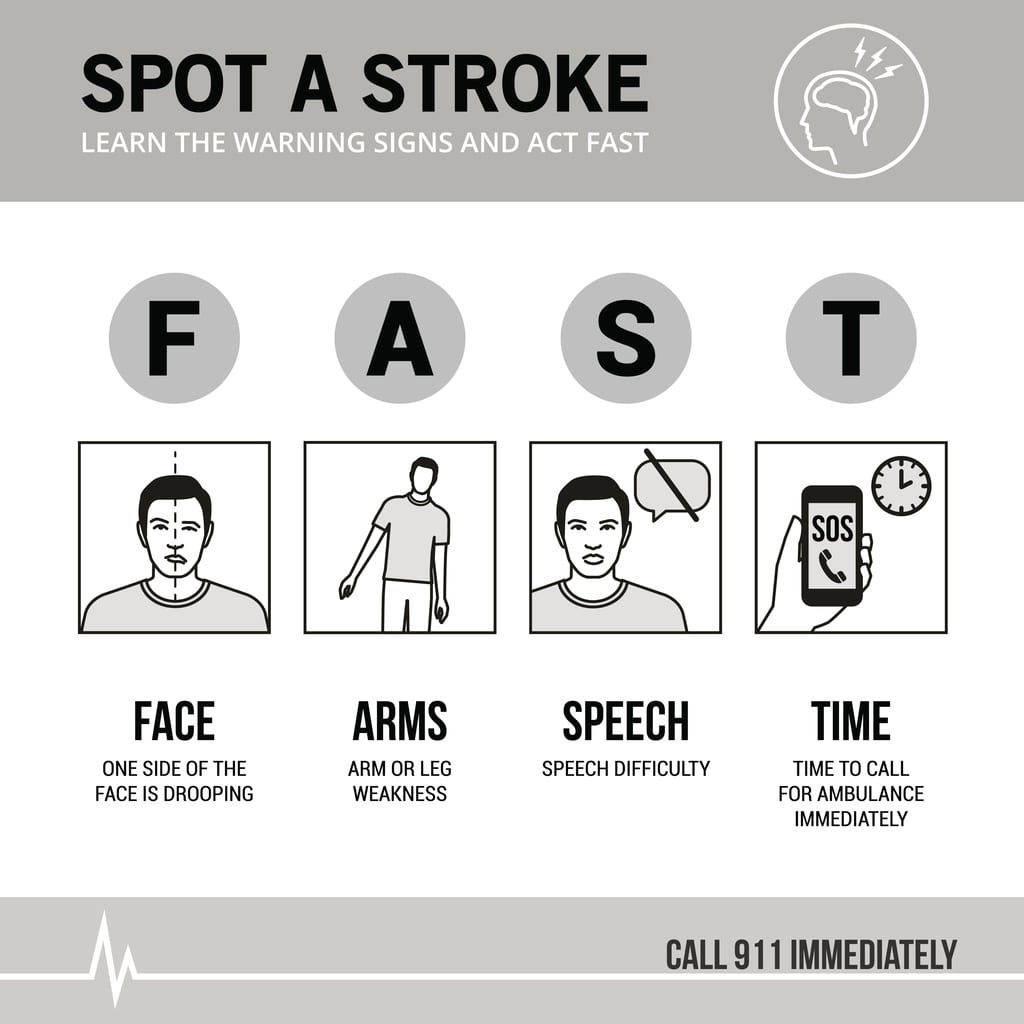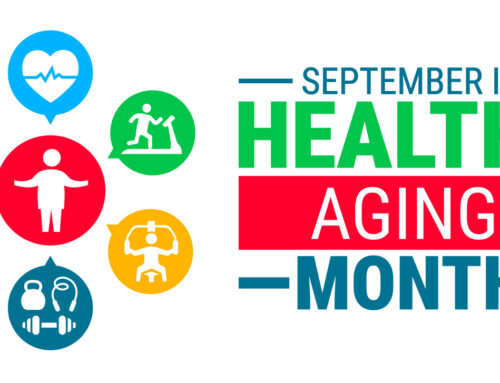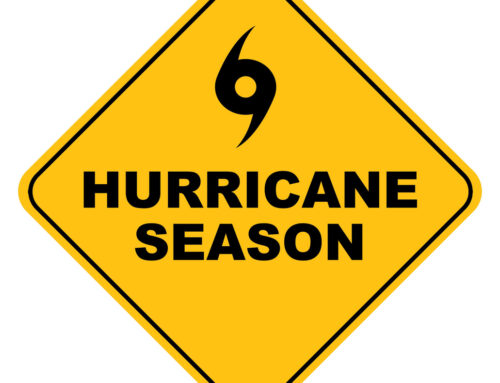Know the signs of stroke and act FAST
Stroke remains one of the most serious health risks in this country, especially for those over age 55. It is the 5th leading cause of death in the US. According to the Centers for Disease Control (CDC), stroke is also a leading cause of serious long-term disability, reducing mobility in more than half of stroke survivors over age 65.
Here are more quick stroke facts:
Each year, nearly 800,000 people experience a new or recurrent stroke
A stroke happens every 40 seconds
Every 4 minutes, someone dies from stroke
Stroke is the leading cause of adult disability in the U.S
Time equals brain
Time is the most critical thing to understand when it comes to stroke. The longer it takes to begin treatment, the more chance of death or disability. If you have older parents or grandparents, or you’re a caregiver, it’s important that you know the signs of a stroke so that treatment can begin ASAP.
What exactly is stroke?
As described by the National Stroke Association, “A stroke occurs when blood flow to an area of the brain is cut off. When this happens, brain cells are deprived of oxygen and begin to die … abilities controlled by that area of the brain such as memory and muscle control are lost.”
There are two kinds of strokes. Ischemic stroke is the most common type (about 87% of cases), occurring when a clot blocks a blood vessel to the brain. The clot can form in the artery leading to the brain (thrombotic stroke) or in another artery, like the heart, and travel to the brain (embolic stroke). The second type is called a hemorrhagic stroke, which is caused when a blood vessel to the brain bursts (brain aneurysm) or becomes weakened and leaks.
Both types of strokes can be treated to mitigate long-term effects, but the time when care begins is a major factor in both survival and long-term outcomes.
The FAST way to identify a stroke
Here are critical signs of stroke according to the American Stroke Association:
Sudden confusion, trouble speaking or understanding
Sudden numbness or weakness in the face, arm or leg, especially on one side of the body
Sudden trouble seeing out of one or both eyes
Sudden trouble walking, dizziness, loss of balance or coordination
Sudden severe headache with no known cause
To determine if someone is having (or has had) a stroke, remember to Act FAST. FAST is an acronym that outlines the easy way to identify the most common symptoms:
FACE – Look at the person’s face. Can they smile or does one side of the face droop or look uneven?
ARMS – Ask the person to raise both arms. Does one arm drift downward?
SPEECH – Ask the person to repeat a simple phrase like “the sky is blue.” Is their speech slurred or does it sound strange?
TIME – If you observe any of these signs, call 9-1-1 immediately.
Assistance with all aspects of home health care
If you are looking for home health care in South Florida, whether hourly, daily, or overnight, give FirstLantic a call at 877-618-3624 or fill out our online contact form. Our trained home health aides are trained to spot a stroke in progress, as well as adept at helping seniors who have suffered injury as the result of one. We have been providing the highest level of service and attention to clients in Broward, Palm Beach, St. Lucie, Indian River, and Martin Counties since 2000, and we would be honored to assist your South Florida senior.
 AVAILABLE 24 HOURS A DAY/7 DAYS A WEEK
AVAILABLE 24 HOURS A DAY/7 DAYS A WEEK Careers
Careers







